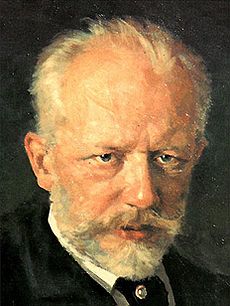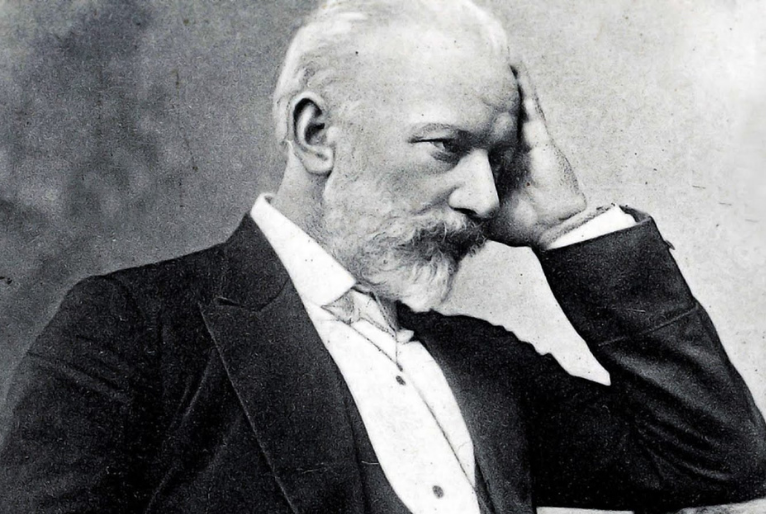Few ballets have captivated audiences worldwide as profoundly as Swan Lake, the iconic masterpiece by Pyotr Ilyich Tchaikovsky. This timeless work, with its hauntingly beautiful score and enchanting story, has become a cornerstone of classical ballet. However, its path to success was far from straightforward. The history of Swan Lake is one of initial failure, rediscovery, and ultimate triumph.
Genesis and Inspiration
Tchaikovsky composed Swan Lake between 1875 and 1876, making it his first full-length ballet. The commission came from the Bolshoi Theatre in Moscow, and Tchaikovsky eagerly accepted the challenge, despite having little prior experience in ballet composition. Drawing inspiration from Russian and German folktales, he crafted a story that revolves around the tragic love between Prince Siegfried and Odette, a princess transformed into a swan by an evil sorcerer’s curse.
The tale bears resemblance to various legends, including the Russian fairy tale The White Duck and the German story Der geraubte Schleier (The Stolen Veil). Additionally, some scholars suggest that Tchaikovsky may have drawn upon a family story he told to children about a swan princess.
The 1877 Premiere and Initial Reception
On March 4, 1877, Swan Lake premiered at the Bolshoi Theatre in Moscow, choreographed by Julius Reisinger. Unfortunately, the production was met with mixed to negative reviews. Critics and audiences found the choreography uninspired, and some even deemed the music too complex and symphonic for ballet. The dancers struggled with the demanding score, and the staging failed to capture the magical essence of the story. Consequently, the ballet was not a resounding success, and after several revisions and attempts to salvage the production, it eventually faded into obscurity.
Resurgence Through Revival
After Tchaikovsky’s death in 1893, a renewed interest in his works led to a revival of Swan Lake. In 1895, Marius Petipa and Lev Ivanov, two of the most influential choreographers of the time, created a new version for the Imperial Ballet in St. Petersburg. Petipa choreographed the court scenes, while Ivanov crafted the ethereal and poetic lakeside scenes, most notably the iconic “white acts.”
This revival featured a significantly restructured narrative and a reworked musical arrangement by Riccardo Drigo. One of the most notable changes was the alteration of the ballet’s ending; some productions chose a tragic finale, while others opted for a more hopeful resolution where love triumphs over darkness.
Global Recognition and Legacy
Following the 1895 revival, Swan Lake became an enduring classic, performed by ballet companies worldwide. The role of Odette/Odile, which requires a dancer to portray both the delicate, tragic swan princess and the seductive, devious Black Swan, remains one of the most technically and emotionally demanding roles in ballet.
Throughout the 20th and 21st centuries, Swan Lake has been reinterpreted and reimagined in numerous ways. Productions have ranged from traditional renditions to avant-garde adaptations, such as Matthew Bourne’s all-male Swan Lake. The ballet has also inspired countless references in popular culture, including films, television, and literature.
Conclusion
Today, Swan Lake is considered one of the greatest achievements in ballet history. Despite its initial failure, it has grown into an immortal masterpiece that continues to mesmerize audiences worldwide. Tchaikovsky’s hauntingly beautiful music, combined with the breathtaking choreography of Petipa and Ivanov, ensures that Swan Lake remains a timeless symbol of grace, tragedy, and artistic excellence.


Comments are closed